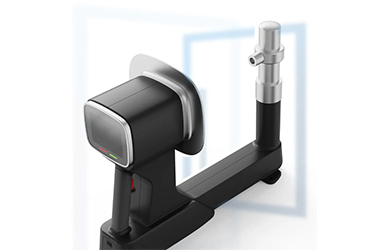Portable digital X-ray devices use X-rays to penetrate objects of varying densities and generate images. Digital sensors convert the radiation signals into electronic signals, which are ultimately processed by computers into high-resolution digital images. This process is faster and higher quality than traditional film imaging, and reduces reliance on chemical processing.
Advantages
1. Portability and flexibility
The device is small and lightweight, suitable for use in remote areas, wards, and emergency sites, especially when patients cannot move, providing seamless diagnostic services.
2. Fast imaging
Digital processing enables images to be generated almost in real time, allowing doctors to quickly assess the condition.
3. Reduced radiation dose
Compared with traditional X-ray systems, digital technology generally requires less radiation dose, improving patient safety.
4. Data storage and sharing
Digital images are easy to store, retrieve, and share over the network, supporting remote diagnosis.
Digital portable X-ray technology is an important innovation in the field of medical imaging. Its portability, digital characteristics, and high efficiency have brought great convenience to medical diagnosis and industrial testing, and have made important contributions to human health and production safety.

